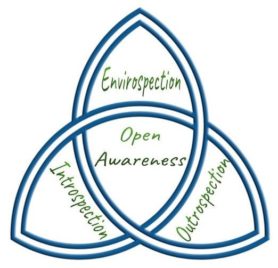
“What you resist, persists.” – Carl Jung
“What you embrace, you can change.” – Jevon Dängeli
“Shadows” (in psychology) are those parts of ourselves that we deny or hide. They are the unconscious aspects of our personality that we project onto others. We can recognise our shadows by identifying situations where we have judged others, without seeing the quality being judged in ourselves.
Carl Jung describes shadows as sub-personalities that were disowned — pushed down into our unconscious as a result of difficult emotional events in childhood, in an attempt to cope. Later in life, when our shadows are triggered, they evoke powerful emotional reactions. Shadows attract people and circumstances into our life — offering us the opportunity to take ownership of these aspects of ourselves — in order to become more integrated and authentic.
By integrating a shadow aspect of ourselves, we don’t become more of that quality, on the contrary, we become less affected by the experiences that used to trigger emotional reactions in us. By bringing the suppressed aspects of ourselves into the light of our conscious awareness, we gain greater freedom to respond more mindfully, compassionately and resourcefully in those situations where we used to be triggered.
The ASE Shadow Integration Method taught in this video is a gentle healing and transformative process. It is safe to use this method to integrate one’s own shadow, however in order to identify and integrate one’s deepest and ‘darkest’ shadows, working with an experienced Shadow Work Facilitator or ASE Facilitator is recommended.
This video clip was filmed at a live Authentic Self Empowerment Facilitator Training in 2015
Review Questions:
.
1. What was your greatest learning from this video?
.
2. Which area(s) of your life can be improved by applying what you’ve learned from this video?
.
3. What steps will you take to implement your learnings from this video in order to make positive changes in the area(s) of your life stated in your answer to question 2?
.
4. How will you apply what you’ve learned from this video in your professional occupation in order to enhance your effectiveness and/or communication skills?
.
5. What other information have you gathered on the subject of this video that deepens your understanding of this subject
.
6. How does the main subject of this video tie in with, or support what you have learned from the other videos in this series?

